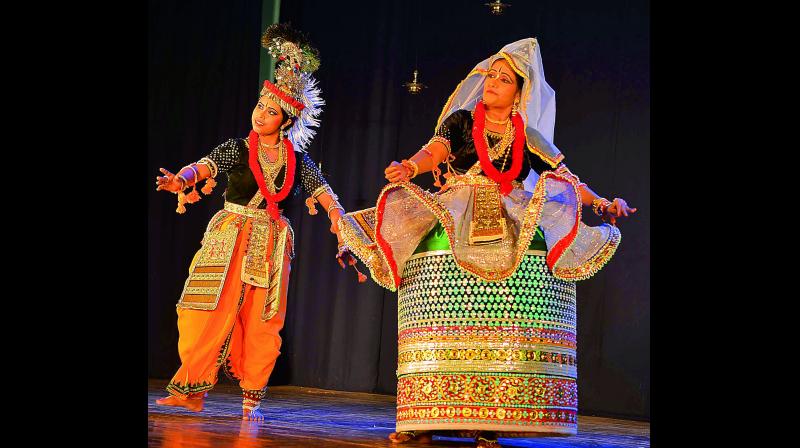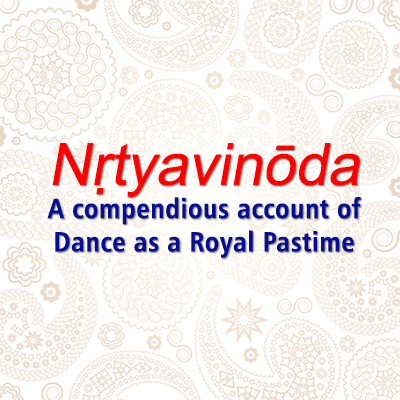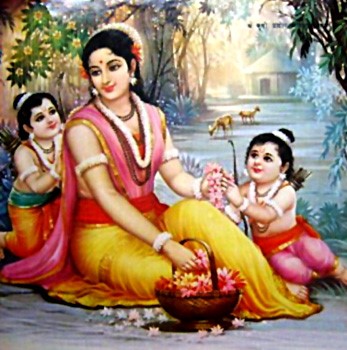Traveling through dance: In 2020, my passport has not been getting the love or attention it normally does. As I look for other ways to travel during this time, I found that ‘traveling’ through dance (thanks to the wonderfully rich GKD 501 course) has been one way to meet this need of mine. For a week or two at a time during the Fall semester, I took in what each of the nine classical dance styles and their originating regions had to offer in enriching my understanding of dance overall.
In our GKD 501 class, Manipur and the dances that make up Manipuri were the first stop. Learning about Manipuri blurred the lines between life and art. A form that seamlessly blends the rituals of society with the aesthetically pleasing gestations of dance. Manipur is an area where you can learn more about the anthropological development of a region by ditching the history books and seeking out its local performances that blend the rituals, harvest celebrations, and more urban dances under one umbrella called Manipuri.
In Manipur, dance is integral to the community as seen by the use of music and dance in every ritual. The Manipuri dance style shows us a society that values nature and spirituality as dance is the medium in which they try to connect with nature and the cosmos within themselves. To understand what I am talking about, you can look towards any of the various rituals that are observed in the region that is commonly referred to as the “land of festivals” as there is hardly any month that doesn’t involve some sort of festival. I recommend you start with Lai Haroba, the five day festival to honor local traditional deities and ancestors.
Manipuri is unique to include several distinct performing arts under its umbrella of Manipuri dance. This amalgamation of styles is parallel to the amalgamation of the seven clans to create the Meitei identity or the several tribes that create the Manipur state. The cultural development of the Meitei people has been cataloged through dance as the ritual, harvest, and modern dances coexist even through present day. The culture is further documented thanks to the use of distinct dances for specific times of the year. These dances reflect the environment, temperature and weather of the specific times in which takes place, with colder months leveraging more inward movements and covered costumes and warmer months taking on more expansive movements and lighter costumes.
With the propagation of ritual, harvest, and modern dances under one umbrella, this region is a treasure chest full of gems to uncover. In my search for a virtual vacation through dance, I was lucky to begin with Manipuri and its home of Manipur.


